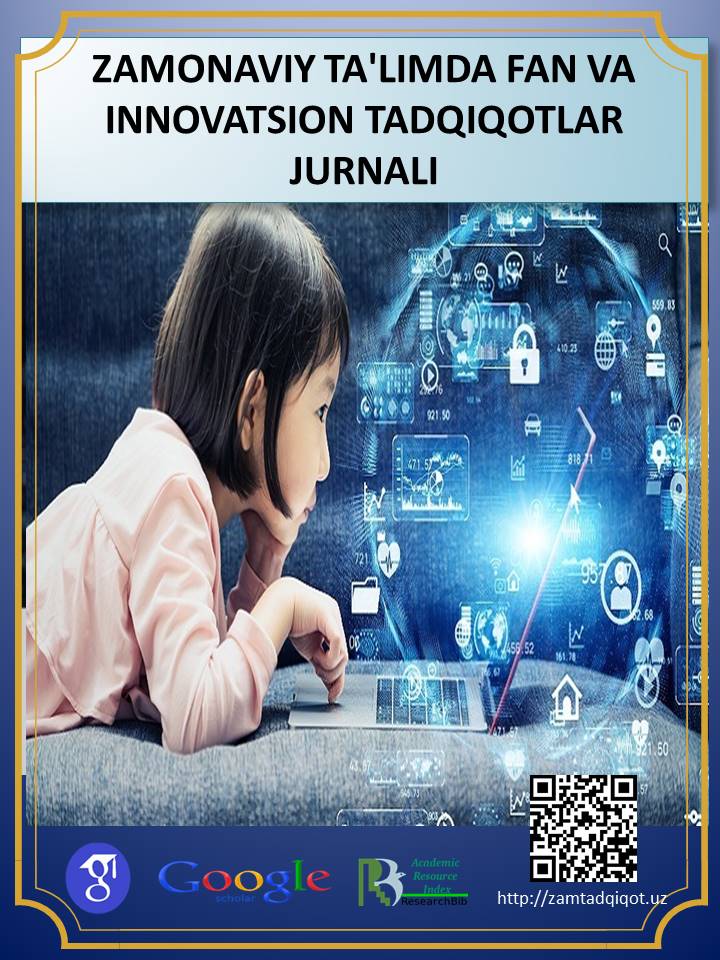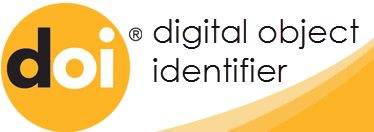STRUCTURE OF ENGLISH TRANSLATED DICTIONARIES
Abstract
The structure of English-translated dictionaries plays a crucial role in effective language learning and cross-linguistic communication. This study examines the fundamental components of dictionary entries, highlighting the challenges of polysemy, idiomatic expressions, and cultural nuances in translation. Special attention is given to the evolution of digital dictionaries, incorporating machine learning, personalization, and multimodal content. The paper also discusses the implications of these advancements for lexicographers, educators, and language learners. By analyzing modern lexicographic trends, this research aims to contribute to the development of more user-friendly and contextually rich bilingual and multilingual dictionaries.
References
Atkins, B. T. S., & Rundell, M. (2008). The Oxford Guide to Practical Lexicography. Oxford University Press.
Landau, S. I. (2001). Dictionaries: The Art and Craft of Lexicography. Cambridge University Press.
Zgusta, L. (1971). Manual of Lexicography. The Hague: Mouton.
Bergenholtz, H., & Tarp, S. (2003). Lexicography at a Crossroads: Dictionaries and Encyclopedias Today, Lexicographical Tools Tomorrow. Lexicographica, 19(1), 1-20.
Hartmann, R. R. K. (2001). Teaching and Researching Lexicography. Pearson Education.
Béjoint, H. (2010). Modern Lexicography: An Introduction. Oxford University Press.
Svensén, B. (2009). A Handbook of Lexicography: The Theory and Practice of Dictionary-Making. Cambridge University Press.












